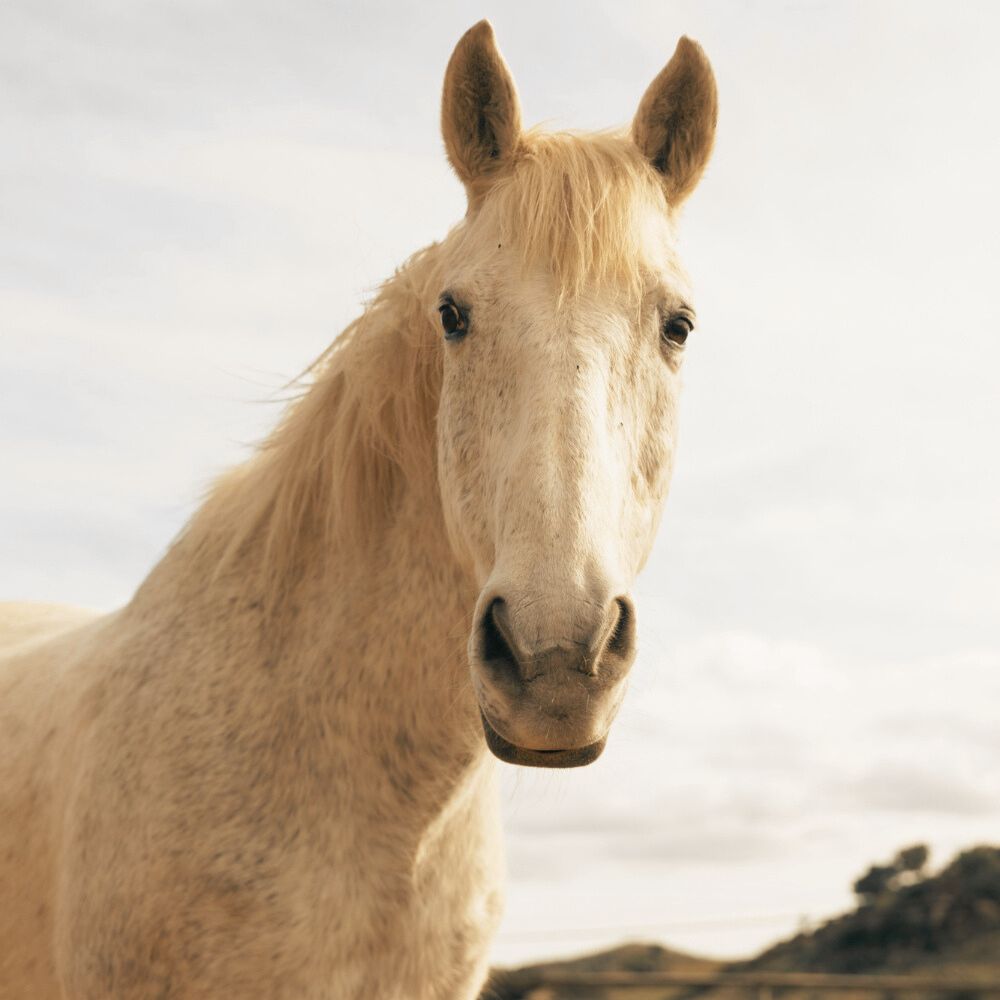Equine Specialty
Dental Services
At Salem Valley Veterinary Clinic, our expertise in equine dentistry allows us to offer comprehensive oral care for your beloved horse, ensuring their dental health is in excellent hands.

Discover Our Exceptional Equine Dental Care
At Salem Valley Veterinary Clinic, your horse’s well-being is our passion, and we take pride in offering specialty equine dental services in Salem, CT. Trust in our expertise to provide comprehensive care for your horse’s entire oral cavity. A horse’s teeth and jaw function are vital to their overall well-being, so dental care is an important part of your horse’s health.
Our skilled team, led by Dr. Robert Baratt, a founding Diplomate of the newly recognized American Veterinary Dental College specialty, brings unrivaled knowledge and precision to every procedure.
We tailor our advanced dental service treatments to ensure your horse’s comfort and long-term health. Don’t let dental issues impact your horse’s health, choose Salem Valley Veterinary Clinic for the finest specialty equine dental care.
Equine Dental Services We Offer
The equine dental services that are available include:
- Oral endoscopic examination: A detailed tooth-by-tooth examination is possible with video endoscopy, and the horse owner can watch the film in real-time.
- Digital radiographic examination of the dentition and related sinuses: Dr. Baratt has developed novel radiographic techniques and has published and lectured widely on equine dental radiography.
- Routine removal of sharp enamel points and focal overgrowth of cheek teeth: Commonly referred to as “floating teeth.” Odontoplasty is conservatively performed to maintain proper occlusion, prolonging tooth longevity and providing the performance horse with a comfortable mouth.
- Oral and surgical extraction of diseased teeth: Most extractions, even those requiring a surgical approach, can be performed with local anesthesia in the sedated, standing horse. Depending on the circumstances, the extraction may be performed on the farm or in the hospital. When dental disease is not readily identified as the cause of facial swelling or nasal discharge, a computed tomography (CT) scan may be needed for diagnosis and treatment planning.
Equine Dentistry Advancements
Recent advances in equine dentistry have improved our ability to perform oral extractions and Minimally Invasive Transbuccal Extractions (MITBE). Dr. Baratt has invested in purchasing new instrumentation and training necessary for achieving these techniques, which permit oral extraction of the cheek tooth without having to use repulsion, which is associated with a significantly higher rate of post-extraction complications.
- Coronectomy: This procedure involves removing some of the crown and reserve crowns of the cheek tooth with a right-angled, motorized sectioning bur. The cheek tooth can be more readily loosened and orally extracted by creating additional space.
- Tooth Sectioning: The sectioning bur can divide the cheek tooth into smaller, single-rooted fragments to facilitate oral extraction. This is especially useful when the roots are divergent.
- MITBE: In this technique, a small portal is made in the cheek, which allows straight-line access to the cheek tooth (rather than using long right-angled instruments). This technique is beneficial for cases where the diseased tooth to be extracted has no crown to grasp with molar forceps. Instead, a threaded pin is screwed into the tooth and used to pull the tooth into the oral cavity. It precludes the need for repulsion of the tooth, a technique with a high incidence of complications.

